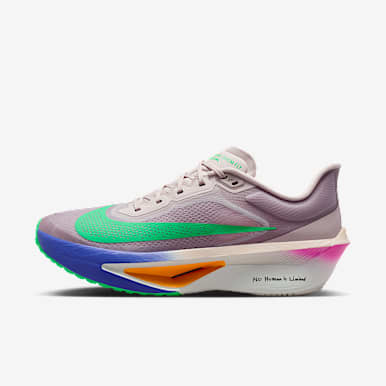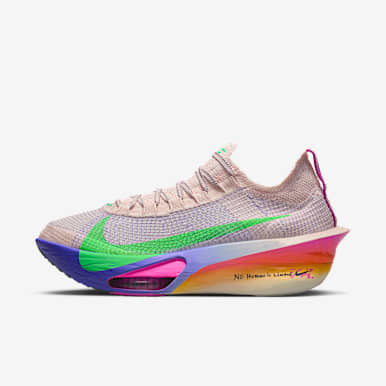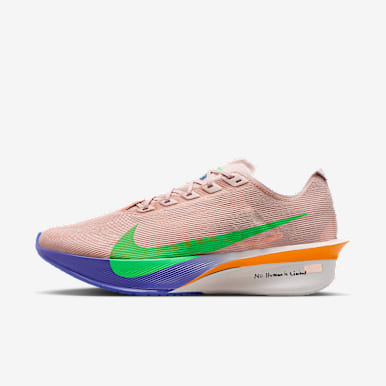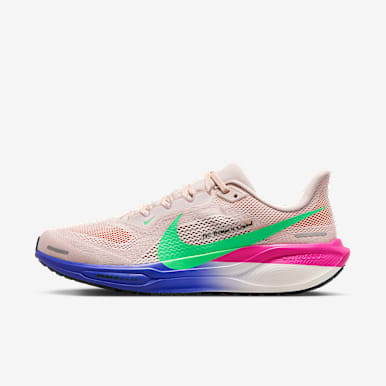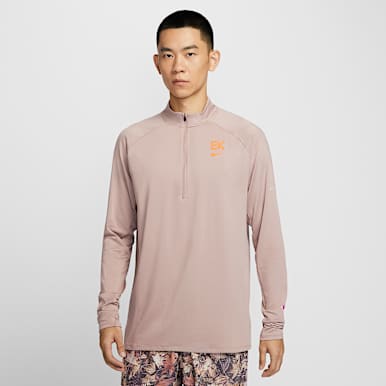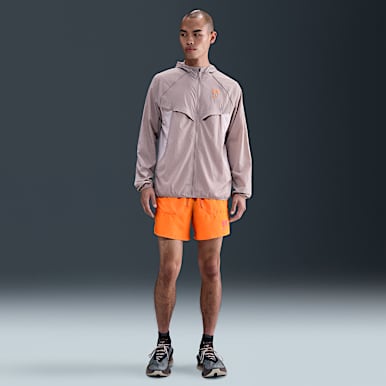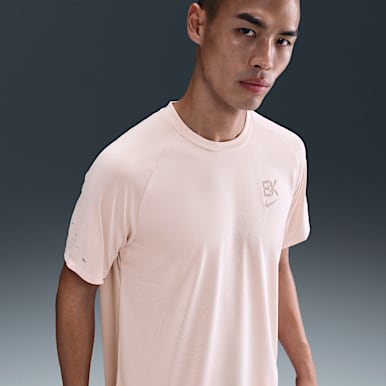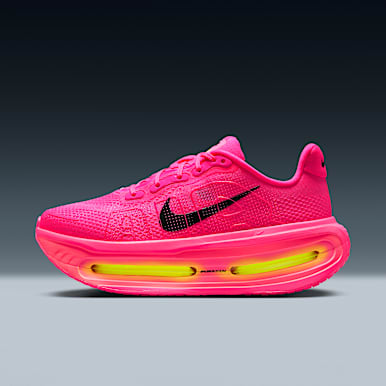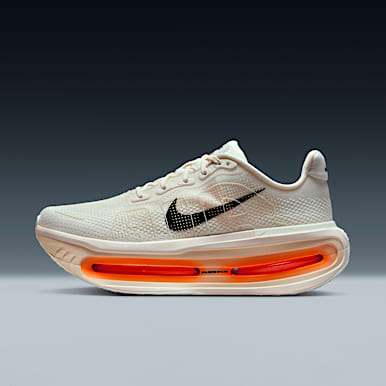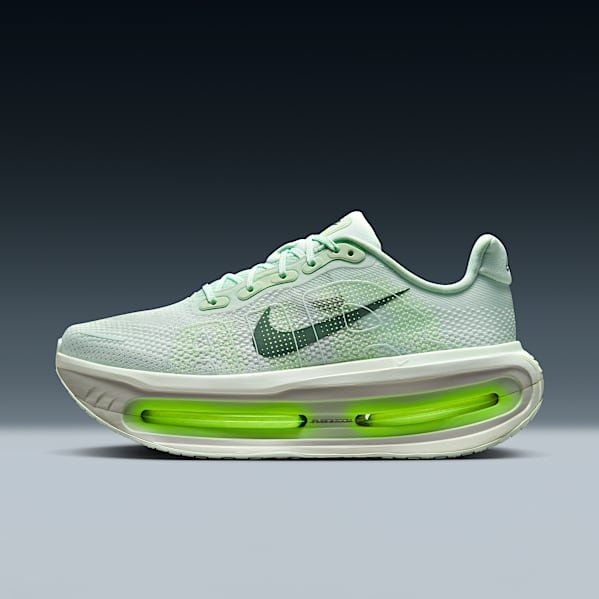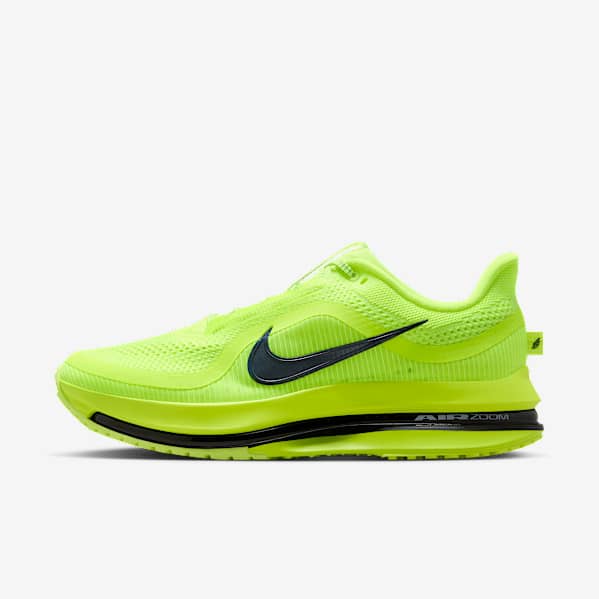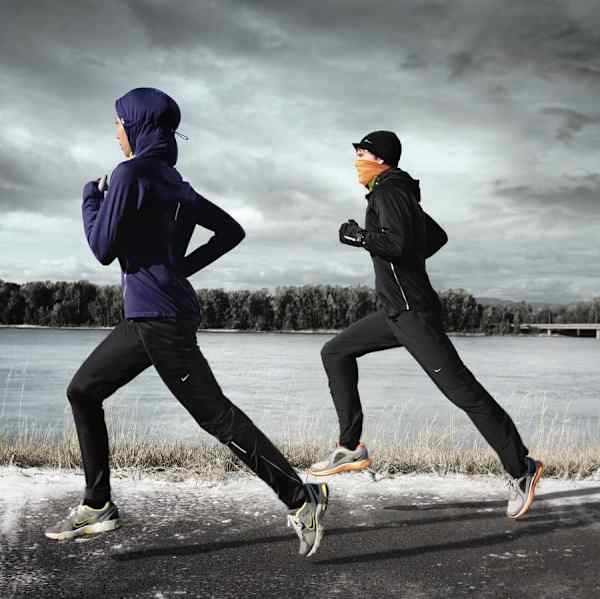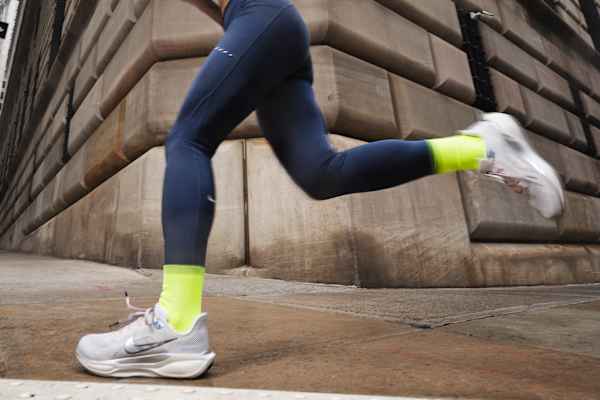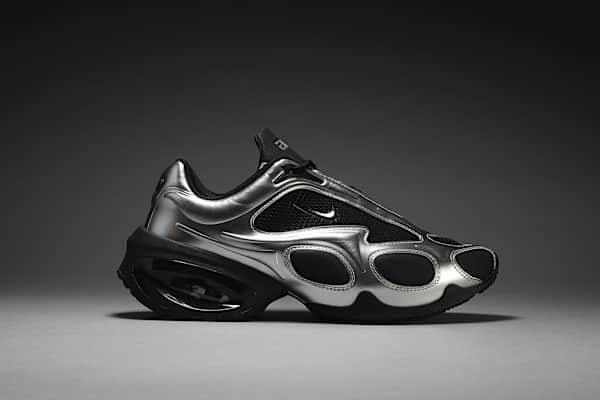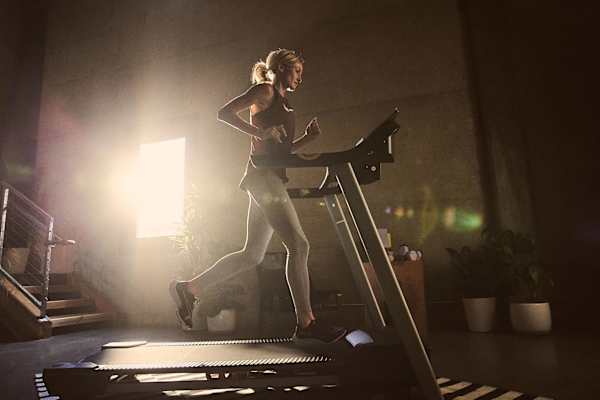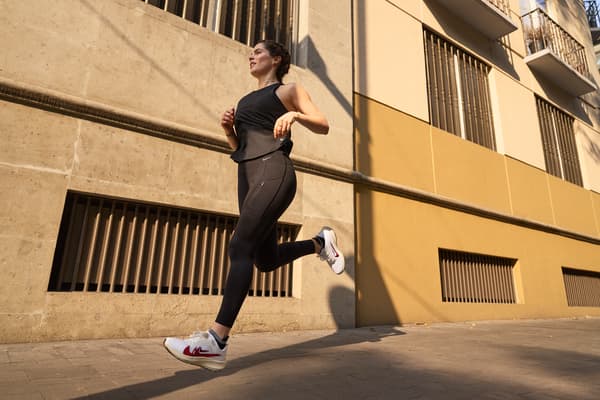What to wear on your run based on the temperature
Buying guide
Whatever the weather, your run is still on. Be prepared for the changing seasons by knowing what to wear.
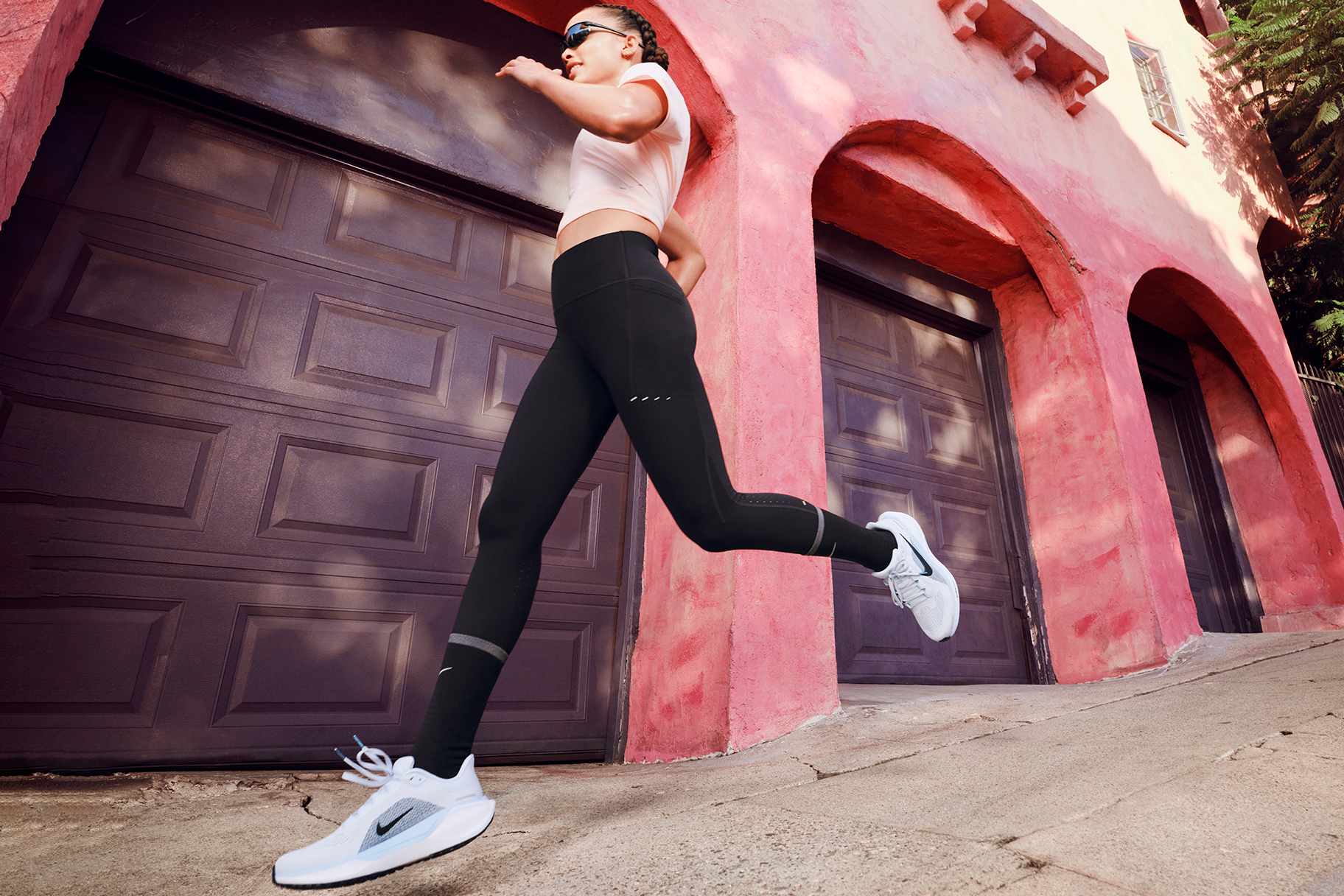
As the seasons change, so do the temperature and conditions of your run, which can make getting dressed challenging. Of course, the body warms up a lot during a workout. So, it's often recommended that athletes dress as if it's 6 to 11°C warmer than the temperature outside. For these reasons, putting together a running outfit built for ultimate comfort and performance isn't always straightforward and changes based on the season.
When the temperature drops, it's essential that you keep your body warm. Regulating your temperature will help to prevent injuries and keep you comfortable so you can focus on your performance. On the other hand, in the summer, temperature regulation and sun protection are paramount. You need gear made from breathable, UV-protecting fabrics that promote airflow. As for autumn and spring? You need something between those extremes.
To nail your look, regardless of when you're lacing up, follow this handy guide. It lays out all the gear worth stocking up on and precisely how to layer it for various temperatures.
What to wear running in winter: 4 degrees Celsius and below
Winter temperatures can vary widely. But if you live in one of the places where it gets below 4 degrees Celsius (ºC), layers are non-negotiable. Piling on the right gear will allow you to efficiently adapt to the changing temperature of your body and the environment, without overheating, so you can focus on what's essential: your performance. Here's a quick guide to layering.
Base layer
The ideal base layer is lightweight and warm—yet breathable. It gives you the flexibility to add extra layers without worrying about bulkiness that could impede your range of motion or cause you to overheat. Nike's Dri-FIT technology and targeted ventilation are good options, as they help keep sweat and moisture from snow away from your skin.
Mid layer
A middle layer traps heat between itself and the base layer. Its primary purpose is insulation, but it should be breathable enough to prevent overheating. When the temperature drops below 4ºC, you'll want to wear multiple mid layers to provide better insulation. Choosing garments made from technical fabrics like Dri-FIT and Therma-FIT can help move moisture from sweat and snow away from your skin, keeping you dry and warm.
Outer layer
An outer layer is necessary to block wind, rain and snow when the temperature drops below freezing (0ºC). A good option should be insulated yet lightweight. You're aiming to feel warm but not bogged down by something bulky.
Hat and gloves
Even if your body is well-covered, exposed hands and ears can significantly affect how warm you feel. In chilly temps, your body works hard to maintain warmth. To do so, it sends blood to your core, meaning less goes to other parts of your body, including your fingers.
To stay warm and dry and avoid feeling clammy, look for a hat and gloves that are weatherproof, lightweight and breathable. Try some made from a technical fabric like Dri-FIT, which provides warmth and protection without extra weight. Silicone fingertips for touch screens are also a nice option (so you don't have to take your gloves off every time you check your pace in the Nike Run Club App). Bonus points if you can find a hat and gloves with a reflective design element so you are more visible to oncoming traffic.
Running shoes
Don't forget about the most integral part of running—your feet! Not only do your shoes need to provide warmth, but they also need to shield you from the elements and provide traction to battle slick surfaces. Nike Shield technology offers protection from the elements with water-repellent materials, enhanced traction and 360-degree reflective design.
Socks
Your socks should be breathable and able to wick sweat away from the skin to prevent heat loss through evaporation. Nike Training socks are made with zonal cushioning to keep your feet comfortable with every step. They're made from temperature-adapting yarns to help keep you warm while wicking sweat away during exercise.
What to wear running in spring and autumn: 4–15 degrees Celsius
Depending on where you live, the spring and autumn seasons make for the best conditions to run in. You can enjoy a warmer temperature, more daylight hours and less rainfall. You'll still want to wear multiple layers to stay warm at the cooler end of the spectrum, but breathability should be your goal.
Mid-layer top and light trousers
Depending on your sensitivity to cold, start with a long- or short-sleeve mid layer top and a pair of lightweight trousers or leggings. These items should be moisture-wicking to help regulate your body temperature.
Light outer layer
If it's windy and there's moisture in the air, it can feel colder than the temperature indicates. On those days, you may need a lightweight jacket, like the Nike Windrunner or Nike Stride Repel UV Jacket, that'll help shield you without adding weight. They offer 360-degree reflective design and can easily be layered down and folded up if needed, so your run doesn't have to stop for an outfit change.
What to wear running in summer: 15 degrees Celsius and higher
When it comes to dressing for summer runs, your clothes need to do a few things: wick sweat, allow airflow and protect against the sun. It can be tempting to wear as little as possible but a better approach is to wear clothes that have been intelligently designed for hotter climates.
Sweat-wicking, UV-protecting tank tops and shorts
Between the heat and the sweat, the sun can feel brutal in summer. To stay comfortable, wear a loose tank top and shorts made with Dri-FIT technology, which carries sweat away from the skin. Fabrics like Dri-FIT keep your body temperature cool and regulated by pulling heat away from your body. If you can also find gear that provides UVA and UVB protection from the sun, even better—and don't forget to lather up with a quality sun cream to protect your skin.
Running hat
When the sun is direct and relentless, you need a hat to shield your eyes and protect your scalp from the rays. Nike running caps are made with Dri-FIT technology under the bill and around the sweatband to help keep you dry and comfortable. The lightweight woven fabric allows for airflow so you can stay cool when your off-road miles heat up.
Running hydration belt
Hot weather means you're at risk of dehydration. But carrying a water bottle on a run? Super-annoying. Instead, top your outfit off with a hydration belt, which keeps your water bottle snuggly around your waist. Nike's options feature zip pockets for credit cards or keys and an adjustable buckle for a comfortable, customisable fit.
Words by Dana Leigh Smith
